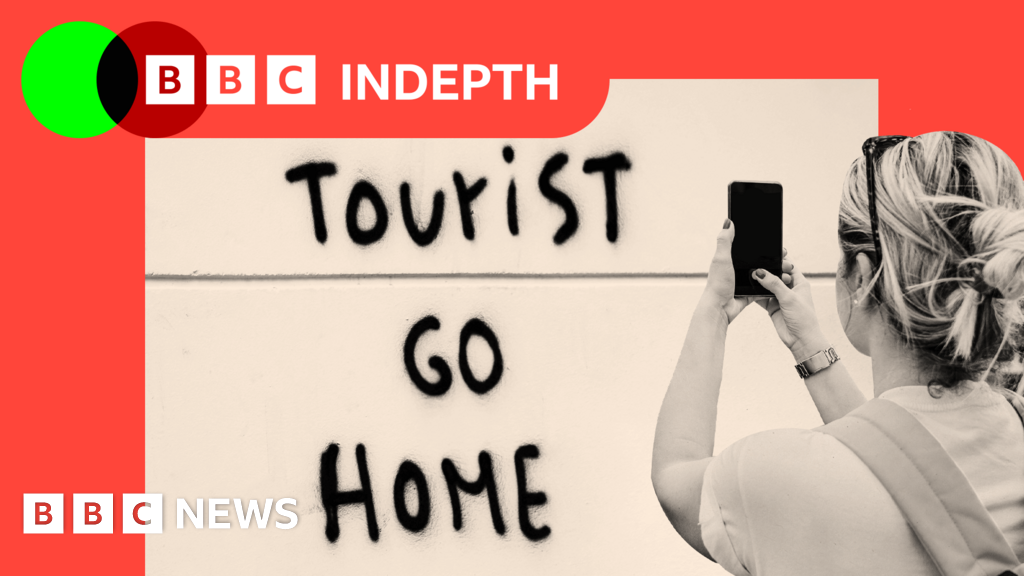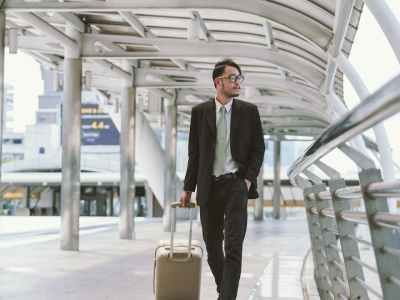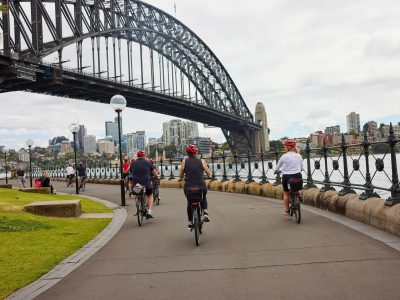In the Italian city of Venice, a Unesco World Heritage site, school teacher Marta Sottoriva used to get into a small boat to block the huge cruise liners that regularly entered the city centre and offloaded thousands of day-trippers. That battle has been won – cruises are now restricted to the city’s industrial port.
But today fewer than 50,000 people actually live in Venice, compared to more than 150,000 in the 1970s.
Despite the cruise ship ban, Ms Sottoriva is not happy. “I know a lot of people who even if they have money, they have an income, they can’t find houses,” she says.
“We are at the level at which there are more tourist beds than there are beds for locals.”
The great danger of tourism is that an area is starved of a living flourishing mixed community with schools, local amenities and regular shops and instead becomes a historic theme park. “Disneyfied” is the description used by a lot of protestors.
So what measures are being taken to counter overcrowding in popular destinations?
One approach is to try to regulate the flow of visitors at peak times. This can be done by charging admission fees for day-trippers and providing data to potential visitors as to when the busiest times to avoid will be. Venice has just introduced a trial €5 fee for day trippers at the most popular times and many other famous historical attractions are raising their charges to tourists.
The new mantra being banded around by tourist boards is “high value, low volume”. This means catering to travellers who will spend a lot of money and are mindful of their presence in a fragile environment.
Another solution is to encourage people to avoid peak season travel and come in the “shoulder season”. Staggering school holidays could also prevent so many families descending on the same resort over an intense six-week period.
Many in the tourism industry also talk of “dispersal”. This means persuading tourists to go to alternative – similar, but less busy – destinations. Limiting car parking space is becoming a favoured approach to reduce the viability of coming just for day trips.
That doesn’t prevent tourist buses dropping off big groups, however. And it is hard to see how a tourist from, say South Korea, would not want to visit the Eiffel Tower and Venice, on their hard-earned first two week trip to Europe.










